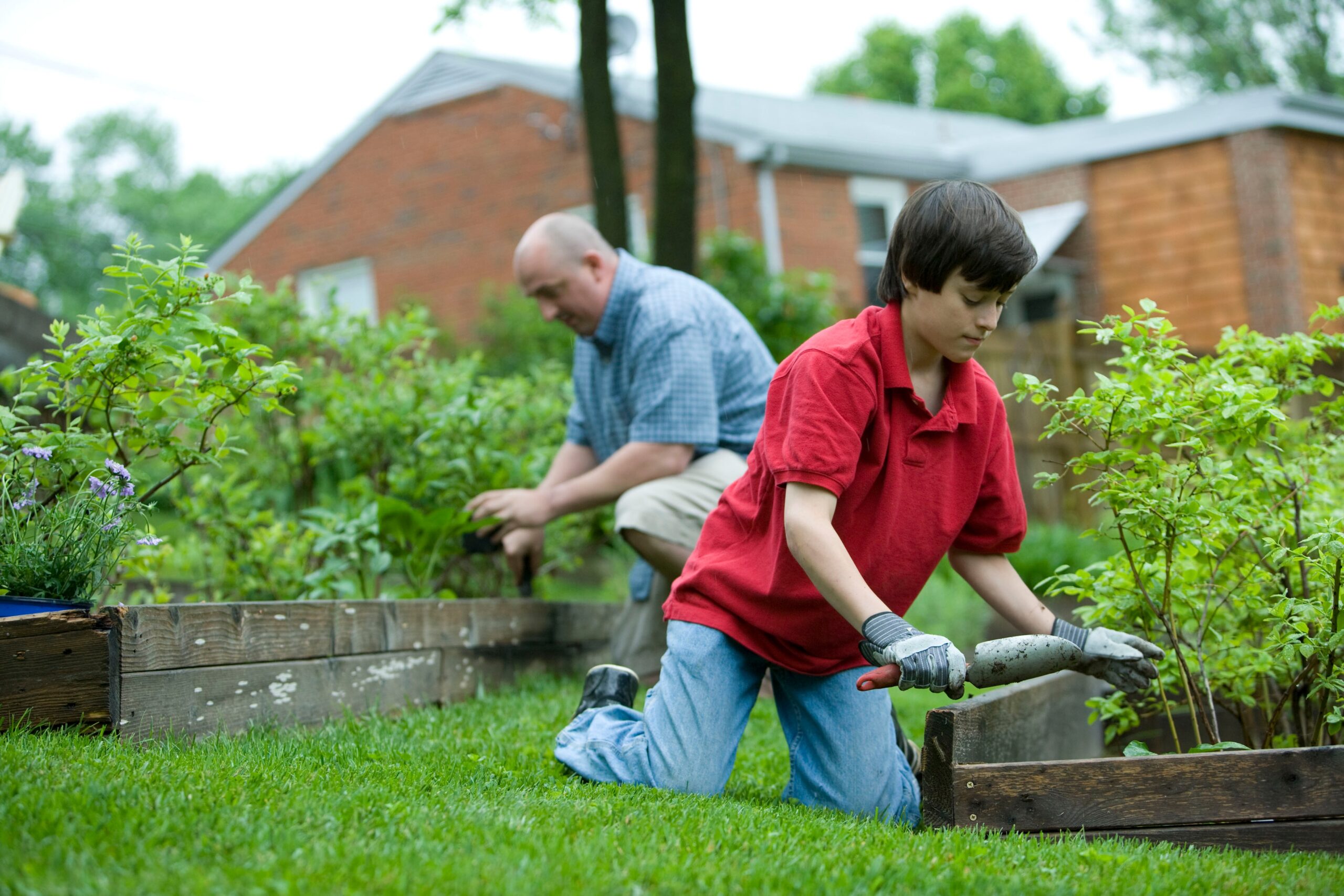Fertilizing Veggies: Top 10 Tips
Vegetable gardening can be a rewarding hobby that puts fresh, healthy produce on your table. However, it can also be a bit challenging, especially regarding fertilizing. But don’t worry; we’ve compiled ten tips to help you use vegetable garden fertilizer effectively.
The first step to effective fertilizing is to understand your soil’s composition. Various soil types – sandy, silty, clay, and loamy – have different nutrient profiles and water retention abilities. Moreover, the pH level of your soil can impact nutrient availability. A simple soil test, available at most garden centers or through your local extension service, can reveal these details. This knowledge is invaluable as it helps you select the right type of fertilizer and determine the appropriate application rate.
Understand N-P-K
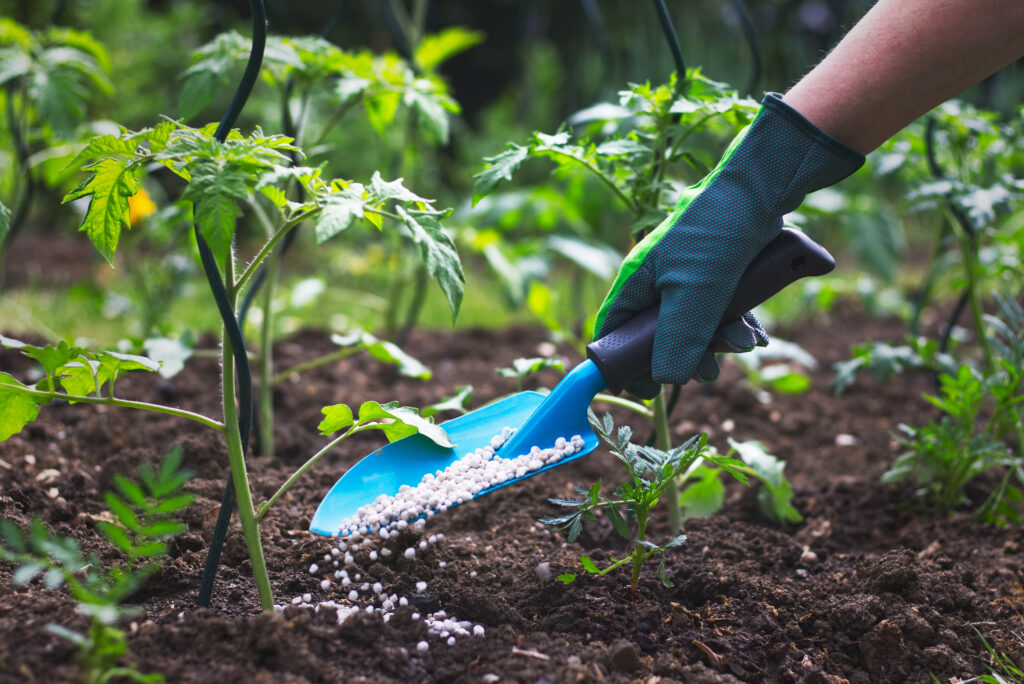
Fertilizers are usually labeled with three numbers representing nitrogen (N), phosphorus (P), and potassium (K) concentrations. These are primary macronutrients that plants need in large amounts. Nitrogen is essential for leaf and stem growth, phosphorus for root development, flowering, and fruiting, and potassium for plant health and disease resistance. It’s crucial to select a fertilizer with an N-P-K ratio that matches the needs of your specific vegetables.
Consider the Vegetable Type
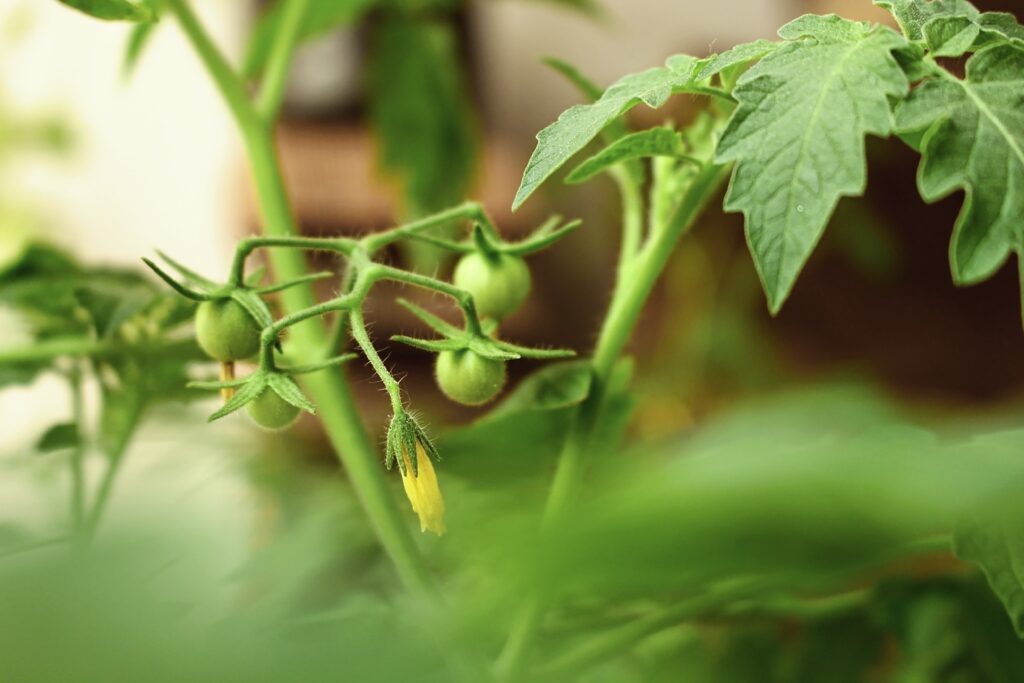
Different types of vegetables have distinct nutrient requirements. For example, leafy greens like lettuce and spinach benefit from a higher nitrogen content to promote lush, leafy growth. Root vegetables, such as carrots and beets, require more phosphorus for optimal root development. Fruit-bearing plants like tomatoes and peppers need a balanced mix of N-P-K for overall growth and productivity. Tailoring your fertilizer choice to the specific plants in your garden can significantly enhance growth and yield.
Use Organic Fertilizers
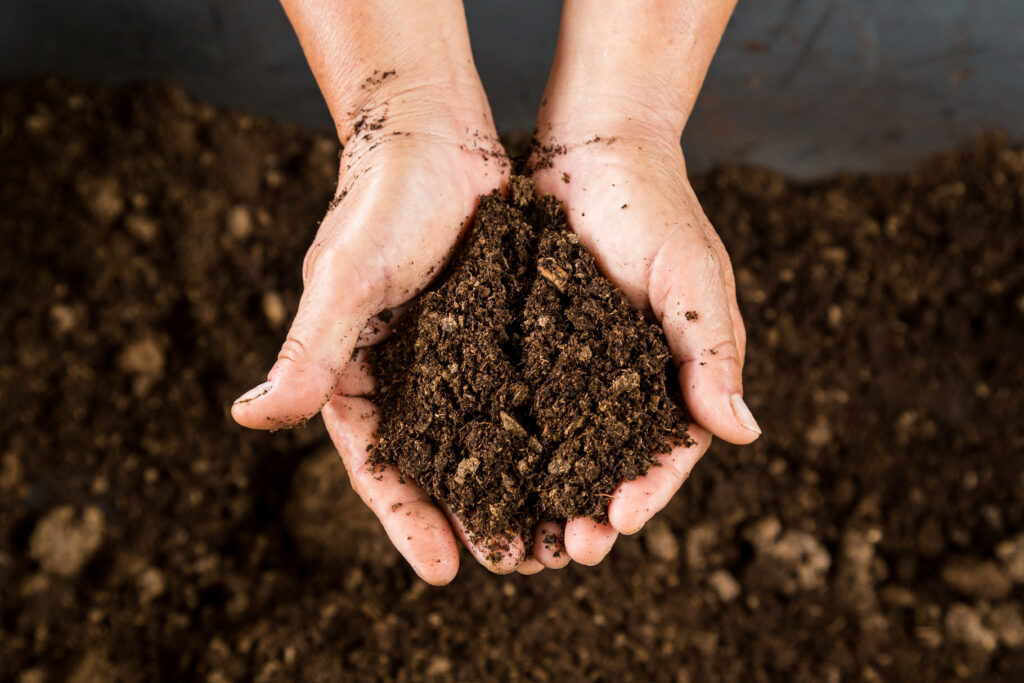
Organic fertilizers, like compost, manure, bone meal, or fish emulsion, are derived from natural sources. They are usually less concentrated than synthetic fertilizers, reducing the risk of plant damage from over-fertilization. Additionally, they improve the soil structure, promote beneficial microbial activity, enhance water retention, and slowly release nutrients, providing long-term benefits to your garden.
Complement with Compost
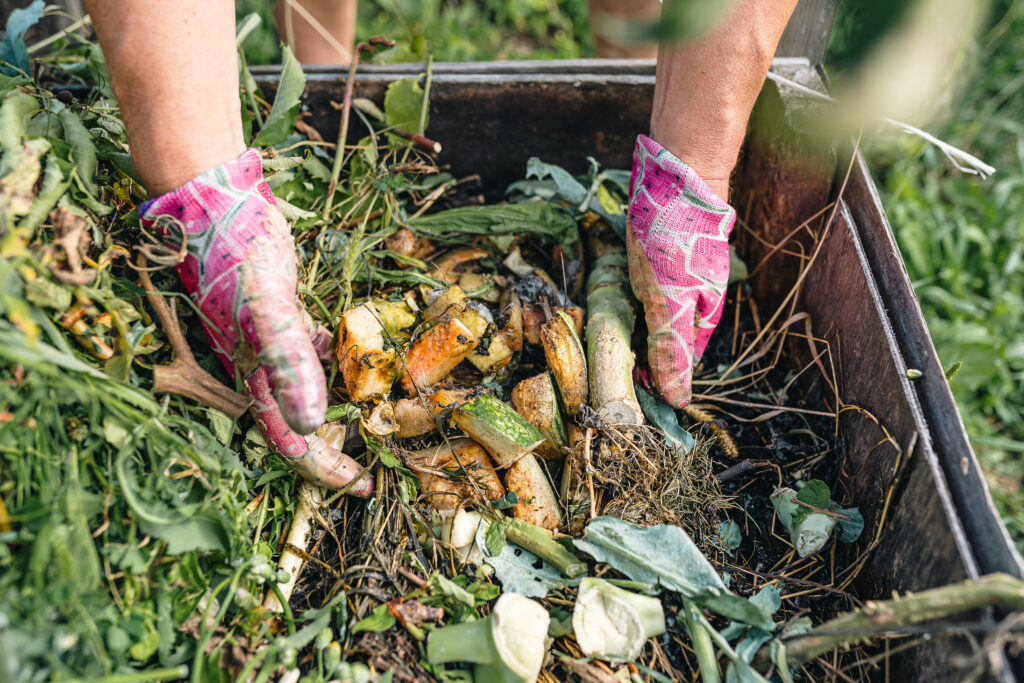
Adding compost to your garden can provide significant benefits even using commercial fertilizer. Compost, made from decomposed kitchen scraps and yard waste, improves soil structure, aids in moisture retention, and introduces beneficial microorganisms. Moreover, it provides a steady supply of nutrients over time. Compost can be mixed into the garden bed at planting time, used as a top dressing, or applied as mulch.
Apply at the Right Time
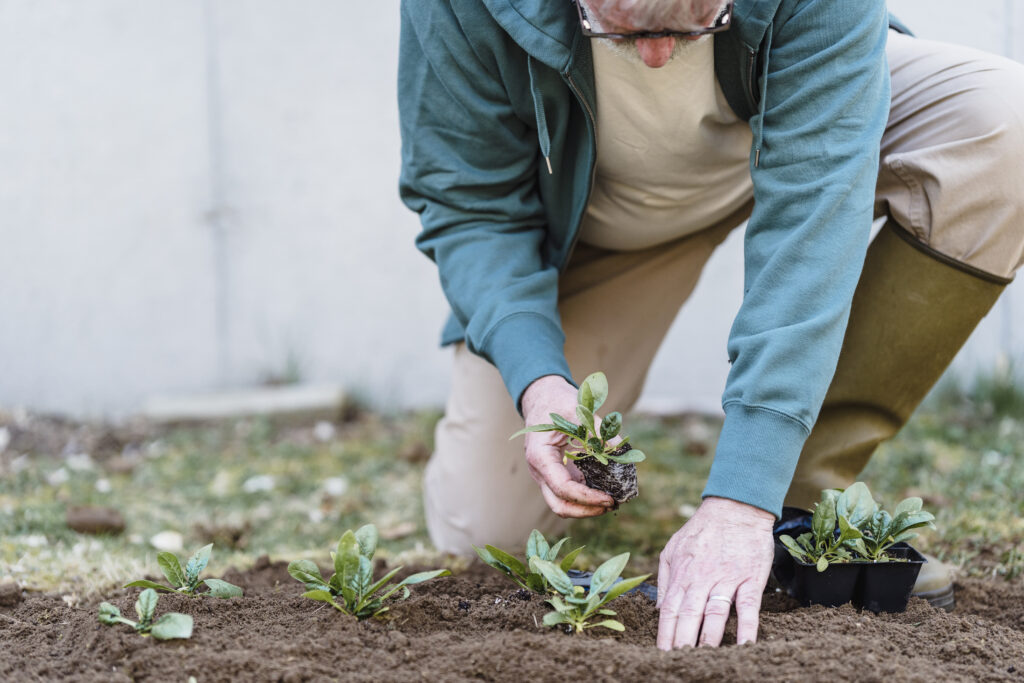
Timing your fertilizer applications correctly can greatly enhance their effectiveness. As a rule of thumb, apply a balanced fertilizer at planting time to start your plants well. Then, depending on the crop and the initial soil fertility, additional applications may be needed throughout the growing season. However, avoid late-season fertilization as it can stimulate tender growth that may be damaged by early frost.
Avoid Over-Fertilization

It’s easy to assume that more fertilizer will lead to bigger, healthier plants, but this is not always true. Over-fertilization can result in excessive, weak growth and make plants more susceptible to pests and diseases. It can also cause nutrient imbalances and burn plant roots. To avoid these problems, apply fertilizer sparingly and according to package instructions.
Fertilize at the Root Level
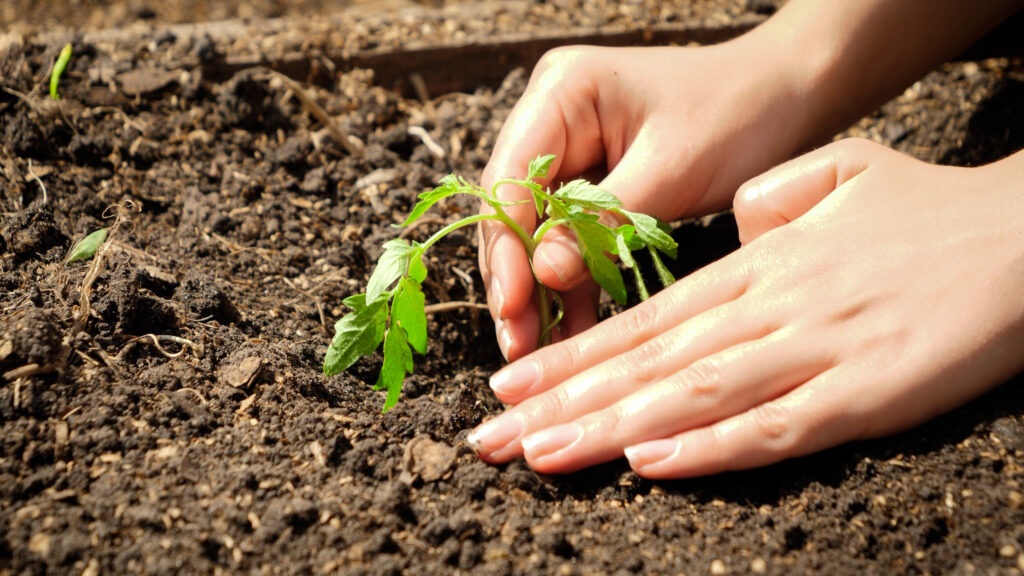
Plants absorb nutrients through their roots, so the most effective way to fertilize is to target this area. Apply the fertilizer close to the plant base, but avoid direct contact, which can cause root burn. After applying the fertilizer, water thoroughly helps dissolve the nutrients and carry them into the root zone. For nutrient-hungry plants, consider a second application midway through the growing season.
Rotate Your Crops
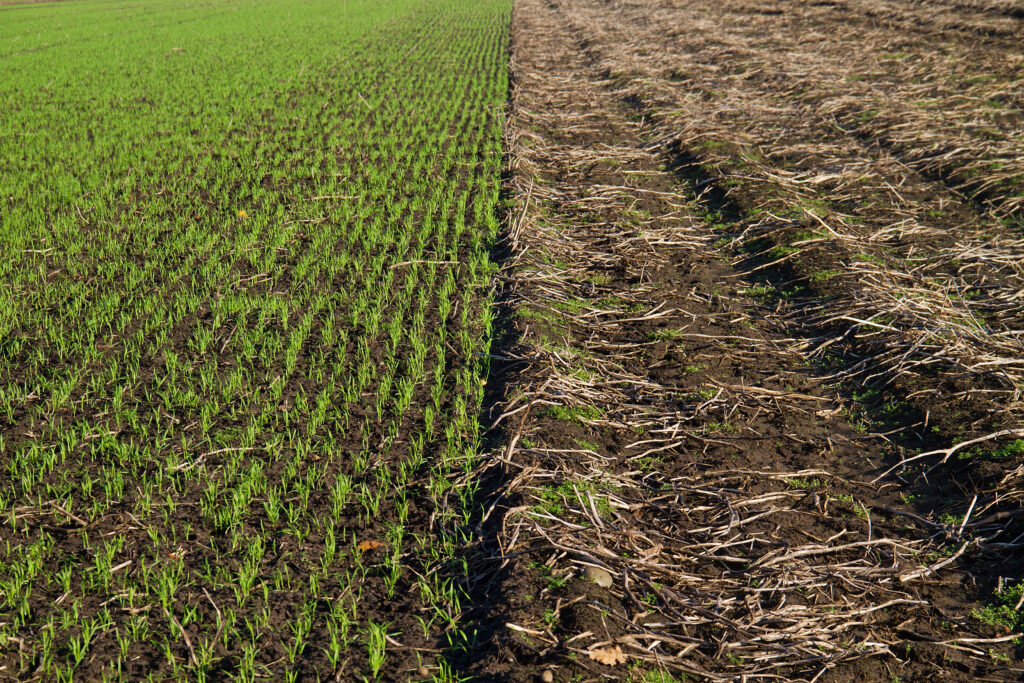
Crop rotation – planting different crops in the same area across different seasons – is an effective strategy for soil fertility management. Other plant families have additional nutrient requirements and can help balance the soil when rotated correctly. For instance, legumes, such as peas and beans, fix nitrogen from the air and can replenish this nutrient in the soil. Follow them with nitrogen-loving plants like corn or leafy greens for the best results.
Monitor Plant Health

Regularly check your plants for signs of nutrient deficiencies or excesses. Yellowing leaves may indicate a lack of nitrogen, while purple or reddish leaves can signal a phosphorus deficiency. Slow growth or reduced yields might mean your plants lack key nutrients. However, these symptoms can also be caused by disease or pests, so it’s crucial to identify the problem correctly before taking action.
In conclusion, effective fertilization is a key aspect of successful vegetable gardening. By understanding your soil and your plant’s needs, you can select and apply fertilizer to optimize your garden’s productivity and support the health of your garden ecosystem. Whether you’re a beginner gardener or a seasoned pro, these tips can help you maximize your harvest and enjoy the fruits (and vegetables) of your labor.
